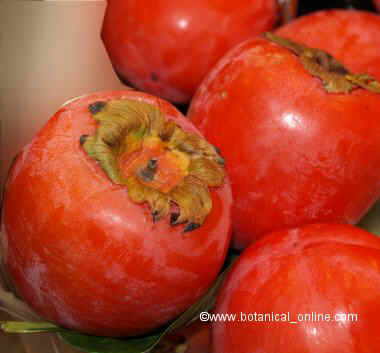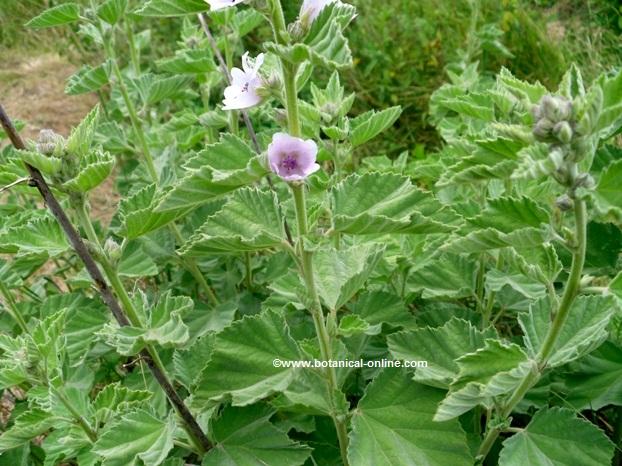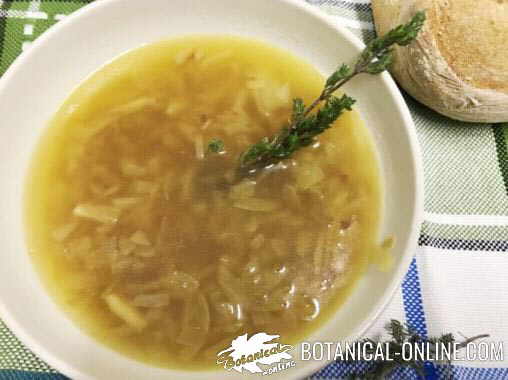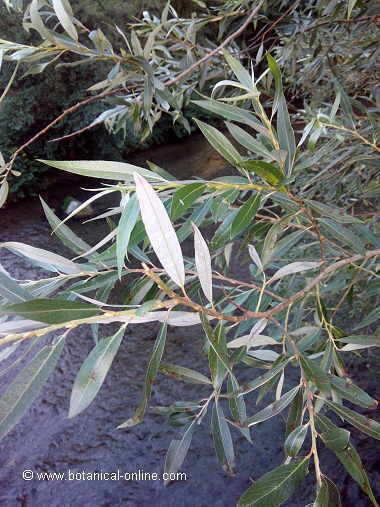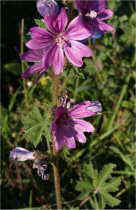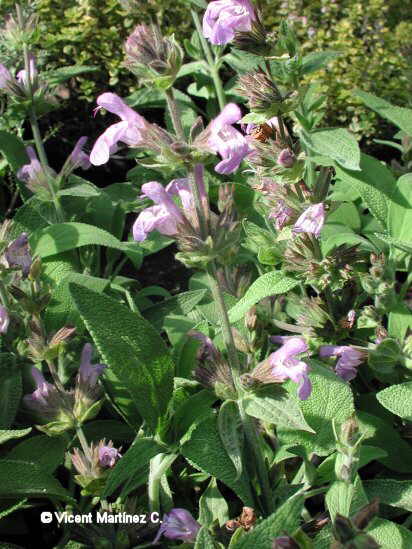Contents
Kinds of aflatoxins
Classes of aflatoxins
There are approximately 20 different types of aflatoxins, the four main ones are:
- Aflatoxin B1: It is considered the worst, the most toxic, and is the one that is directly related to the increased risk of cancer. This type of aflatoxin can lead to aflatoxin M1, which can be passed to the baby through breastfeeding. Dairy products contain certain amounts of aflatoxins due to the presence of these substances in their feed.
- Aflatoxin B2
- Aflatoxin G1
- Aflatoxin G2
Why are aflatoxins toxic?
Aflatoxins are very small non-protein substances, much smaller than the toxins produced by bacteria. Therefore, they are difficult to detect in conventional food tests and are also very difficult to detect by our immune system. All this makes us more vulnerable to its harmful effects.
Were to find aflatoxins?
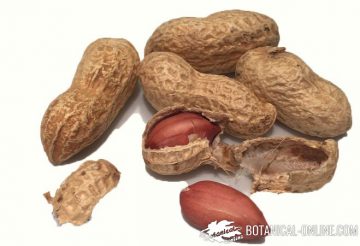
Nuts, seeds and tropical spices are especially sensitive to mold contamination. Among the richest in aflatoxins are the following:
– Tropical spices:
Tropical spices have a greater amount of aflatoxins: cayenne, paprika and chili peppers (Capsicum spp.), turmeric, galangal, ginger, nutmeg, pepper.
– Dehydrated tender fruits:
– Dairy products:
Aflatoxins M1 pass into breast milk and are found in milk and especially in cheese.
Poorly preserved foods have more aflatoxins
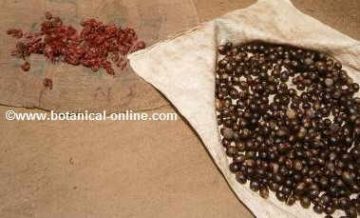
Aflatoxins do not develop only in nuts but on any other food of vegetable or animal origin that is kept dry for a long time, in conditions of humidity and temperature that favor the growth of toxigenic fungi.
Foods that are poorly packaged, poorly preserved or expired contain more aflatoxins. Therefore it is recommended to buy properly packaged food and in establishments that maintain maximum hygiene with their products.
Regulatory bodies in each country set maximum permitted levels of aflatoxins in food, but once these foods have entered the country, poorly preserved seeds or spices contain more mycotoxins than the maximum allowed.
For this reason it is important to buy properly packaged foods, which means that quality controls have passed and that they have low aflatoxin levels.
![]() More information on aflatoxins
More information on aflatoxins

